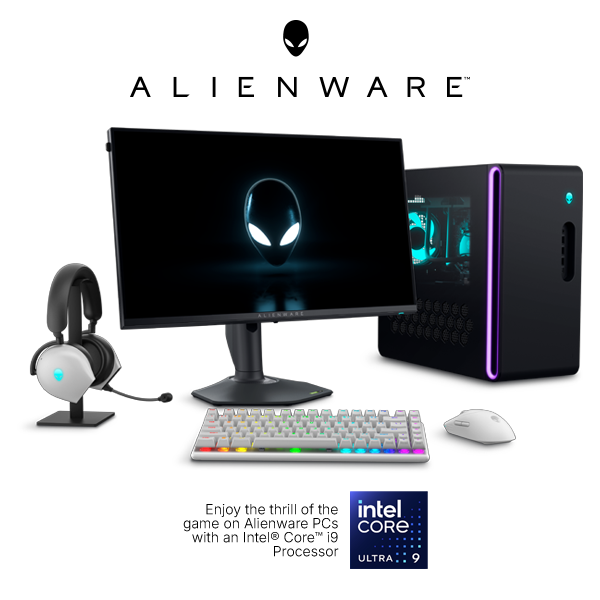Square Enix Unveils New “Medium-Term” Business Plan
Square Enix has released a new business plan spanning the fiscal year ending March 31, 2025 to the fiscal year ending March 31, 2027. This plan is titled, “Square Enix Reboots and Awakens: 3 Years of Foundation-Laying for Long-Term Growth.” The goal of this four-pillar business plan is to overcome past challenges like the low profitability of its high-definition games sub-segment and refocus its goals by taking the focus off of games for smart devices, improving its franchise-by-franchise portfolio management, and filling gaps in Square Enix’s management infrastructure.

Pillar 1
Enhance productivity by optimizing the development footprint in the Digital Entertainment (DE) segment.
Focus on development of titles delivering “Fun” that only the Group can create and build the development structure.
The important takeaway from this pillar is a focus on the ““product-out” approach that reflects the imaginations of its employees to the utmost, and a “market-in” approach that leverages customers’ voices and data to inform development efforts.” This concept might seem obvious to developers, studios, and publishers, but it seems to have taken a backseat for some in recent years. When looking at the gaming industry at large, the launching of games that could have been vastly improved by user input has been a hot topic in gaming news and is always met with a lot of frustration by the community. It’s important to remember that there is always more going on behind the scenes than we realize within the company infrastructure and in the development scope. Still, sometimes it is just too easy to ask yourself, “Why does this game exist?” It’s a wise idea for Square Enix to focus heavily on the balance between taking user input and giving their developers a project they are properly equipped to make. Additionally, they have noted that they will continue making the AAA games that their players have been loyal fans of from the beginning, but that they are also “looking at SD games by launching a carefully curated selection of titles. It will additionally explore ways to leverage its rich library of IP.” It’s hard to see your favorite game companies switch off of something that they know they are good at, and it’s encouraging to see that Square Enix has no plans to do this with the plan to “Focus on development of titles delivering “Fun” that only the Group can create.”

Pillar 2
Diversify earnings opportunities by strengthening customer contact points.
Shift to a multiplatform strategy. Building continuous customer contact points of our titles by stepping up digital sales. Create the interaction with customers by increasing sophistication of publishing function. Generating the opportunity of new revenue by offering IP across a range of entertainment experiences.
With a plan to “aggressively pursue a multi-platform strategy that includes Nintendo platforms, PlayStation, Xbox, and PCs” Square Enix plans to greatly diversify the avenues available to their players. Perhaps the most exciting direction they’ve added to this plan is the exploration of launching more of their IP on PC and making more of their content immediately available. They plan to do this by “establishing a new department focusing on IP business development at global markets.” In an age where the market is so highly saturated and attention an increasingly valuable and limited commodity, there is less and less motivation to launch exclusive titles.

Pillar 3
Roll out initiatives to create additional foundational stability.
Rebuild overseas business divisions from the ground up. Introducing policies on organization and human resource allocation in Japan. Enhance business infrastructure by implementing PDCA cycle in a timely and appropriate manner.
One of the biggest elements of this pillar is that they intend to focus more on working in collaboration between divisions to “enable greater mobility of talent between them and the Group’s publishing functions overseas.” Noting that the relationship between it’s divisions is the first step to getting more talented employees to share their ideas and collaborate only widens the talent pool. There’s no bad outcome to broadening the net and greeting more creative minds together, and this will hopefully reflect in their new ideas as well as their tried and true IPs. They also plan to have better training for new graduates “and introduce internal education programs” to better support junior and mid-level employees. Seeing a game company realize the importance of supporting their younger/newer workforce is an objectively fresh take in today’s industry, and shows that they are interested in the longevity of their workforce and see a benefit to investing in them. There’s also a push to have “greater visibility into business activities” as they embrace a hybrid-style work environment which they project will build a better work environment that will “unleash creativity for its development teams.”

Pillar 4
Strike a balance between shareholder return and growth investment when allocating capital.
Earmarks a maximum of ¥100 billion for total strategic investments over a three-year period (¥20 billion earmarked for share buybacks for the next one year). As regards growth investments, the Group will carefully select investment opportunities that contribute to the enhancement of corporate value and will utilize insights from its own businesses.
Although it's a controversial subject in today's gaming industry, it’s worth noting that many businesses have gotten to where they are today by focusing on investors and shareholders. This pillar recognizes the responsibility they have to these investors while balancing the interests of the public they rely on to enjoy and purchase their games. Square Enix does plan to “strive to further enhance its corporate value” as any functional company should, but the other pillars look like they aim to keep the company accountable to make their work environment positive and turn out games that they are proud of making.

Another interesting tidbit is the statement that “The amusement market has returned to pre-pandemic conditions.” The world isn’t at as much of a standstill as it was in the pandemic, and the gaming industry has reflected that. People are spending more time with each other out and about and less time within their homes than they had the last few years. This could be interpreted in a myriad of ways, like preparing for lower-profit years and decline, but viewing this as picking up where they let off pre-pandemic puts this into a perspective that doesn’t motivate a company to prepare for the worst.
Overall, it seems like this is a promising business plan that aims to produce quality over quantity while preserving and enriching the workforce and keeping investors and shareholders happy. What do you think of these four pillars? Let us know!













